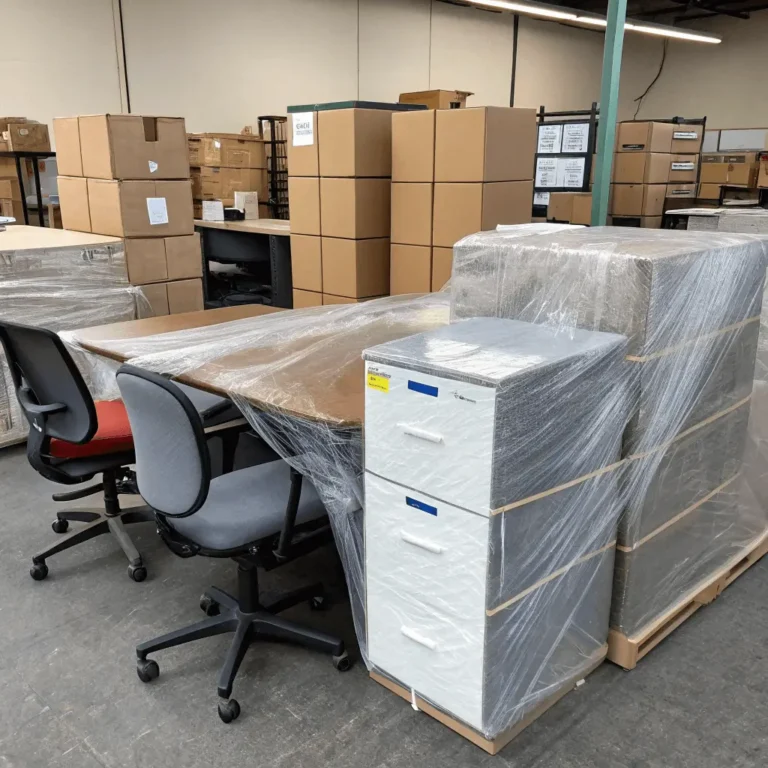
88% of organizations spend over $1 million on GDPR compliance alone. While SOC 2 certification runs $50,000-$250,000 for most firms. Add ISO 27001 requirements, and you’re looking at compliance costs that can drain budgets faster than a data breach drains customer trust.
Yes, 3pl logistics software is not cheap (considering the costs of compliance). Amazon’s record €746 million GDPR fine proves the stakes couldn’t be higher.
However, smart 3PL operators are meeting these requirements without breaking their budgets. In this article, we’ll find out how.
The Compliance Cost Crisis That’s Crushing 3PLs
The numbers are staggering, and they’re getting worse every year:
| Compliance Standard | Small-Medium 3PLs | Enterprise 3PLs | Annual Maintenance |
| SOC 2 Type 1 | $5,000-$25,000 | $15,000-$40,000 | 12-month re-audit cycle |
| SOC 2 Type 2 | $20,000-$40,000 | $150,000+ | Annual compliance validation |
| GDPR Implementation | $20,000-$100,000 | $1M-$10M+ | Ongoing monitoring costs |
| ISO 27001 Certification | $15,000-$100,000 | $100,000+ | $3,000-$7,000 annually |
These numbers represent budget decisions that determine whether 3PL operators can compete for enterprise contracts or get locked out of European markets.
The problem is the hidden expenses that kill budgets: staff training at $500-$2,000 per person, compliance software running $1,000-$10,000 annually, and internal preparation costs that often exceed the actual audit fees.
What These Standards Require
Let’s cut through the compliance jargon and focus on what you need to implement.
SOC 2: The Enterprise Contract Gateway
SOC 2 is obligatory if you want enterprise clients. The framework centers on five Trust Services Criteria, but here’s the insider secret: you don’t need all five.
Essential Requirements:
- Security → Mandatory for everyone
- Confidentiality → Required for data handling operations
- Availability → Only if you guarantee uptime SLAs
- Processing Integrity → For data processing operations
- Privacy → Usually not worth pursuing for most 3PLs
The key decision is Type 1 vs Type 2. Type 1 evaluates your controls at a point in time. Type 2 proves they work effectively over 6-12 months. While Type 2 costs more, it’s considered the gold standard and opens more doors.
GDPR: The European Market Access Tax
If you handle any EU citizen data, GDPR compliance is a must. The regulation demands specific capabilities that directly impact your operations:
Core Implementation Requirements:
- Data Protection Impact Assessments → Evaluate privacy risks for new processes
- Policy Updates → Document how you handle, store, and delete personal data
- Staff Training → Everyone handling data needs GDPR awareness
- Breach Notification → 72-hour reporting requirement to authorities
The “right to be forgotten” requirement alone can trigger significant system changes. Legacy systems often can’t automatically delete data across all platforms. That forces expensive infrastructure upgrades.
ISO 27001: The Security Framework Foundation
ISO 27001 provides the Information Security Management System (ISMS) that underpins everything else. The standard covers 35 security categories, including access control and incident response.
Implementation Focus Areas:
- Risk Assessment → Identify and prioritize security threats
- Security Controls → Implement technical and administrative safeguards
- Documentation → Maintain evidence of security practices
- Monitoring → Continuous surveillance and improvement
The beauty of ISO 27001 is its compatibility with other standards. A well-designed ISMS can satisfy SOC 2 and GDPR requirements simultaneously.
Hidden Costs That Destroy Budgets
Most 3PL operators budget for audit fees and miss the real expenses.
Technology Infrastructure Upgrades
Security Tools and Systems:
- Data protection software → Encryption, access controls, monitoring systems
- Backup and recovery → Automated, tested backup systems with offsite storage
- Compliance tracking → Platforms that automate evidence collection and reporting
Security tools require licenses, updates, and maintenance contracts that compound annually.
Internal Resource Allocation
The hidden killer is internal staff time. Compliance preparation consumes hundreds of hours across multiple departments:
Typical Resource Requirements:
- IT team → System configurations, security implementations, documentation
- Operations → Process documentation, training delivery, policy development
- Management → Risk assessments, vendor management, audit coordination
Organizations often underestimate this by 50-70%. This might lead to budget overruns and project delays.
Ongoing Maintenance Expenses
Annual surveillance audits, policy updates, staff training refreshers, and system upgrades create recurring expenses that many operators forget to budget.
Annual Recurring Costs:
- Surveillance audits → $3,000-$7,000 for ISO 27001
- Compliance monitoring → Software licenses and consulting support
- Staff training updates → Regulatory changes require ongoing education
Smart Implementation Strategy
Stop treating each standard as a separate project. Smart operators build a single compliance framework that addresses multiple requirements simultaneously.
Framework Integration Strategy:
Foundation Layer: ISO 27001 ISMS
- Establishes risk management processes
- Creates security documentation structure
- Implements technical controls
Compliance Layer: SOC 2 + GDPR
- Maps existing controls to SOC 2 requirements
- Adds privacy-specific processes for GDPR
- Leverages shared documentation and evidence
This approach can significantly reduce total costs compared to separate implementations.
Phased Implementation Timeline
Phase 1 (Months 1-6): Foundation
- Start with SOC 2 Type 1 as proof of concept
- Implement basic ISMS structure
- Focus on essential security controls
Phase 2 (Months 6-12): Expansion
- Transition to SOC 2 Type 2
- Add GDPR privacy controls
- Begin ISO 27001 certification process
Phase 3 (Months 12-18): Optimization
- Complete ISO 27001 certification
- Implement advanced monitoring and automation
- Establish continuous improvement processes
Technology and Automation Leverage
Compliance Automation Platforms:
- Policy management → Automated policy updates and distribution
- Evidence collection → Continuous monitoring and documentation
- Risk assessment → Automated scanning and reporting
Modern compliance platforms can significantly reduce manual overhead. It makes ongoing maintenance affordable for smaller operators.
Vendor Selection and Cost Control
Your choice of auditors and consultants dramatically impacts total costs.
Auditor Selection Criteria
Experience Requirements:
- 3PL industry knowledge → Understanding of logistics-specific risks and controls
- Multi-standard expertise → Capability to conduct integrated audits
- Regional presence → Local auditors reduce travel and coordination costs
Cost Structure Considerations:
- Fixed-fee arrangements → Predictable costs for defined scope
- Package deals → Discounts for multiple standards
- Multi-year contracts → Reduced rates for committed relationships
Internal vs External Resource Strategy
When to Use Internal Resources:
- Policy development → Your team understands business processes
- Day-to-day compliance → Ongoing monitoring and maintenance
- Training delivery → Internal trainers understand company culture
When to Hire External Help:
- Initial gap assessment → Objective evaluation of current state
- Complex implementations → Specialized expertise for technical controls
- Audit preparation → Final readiness validation
- Customer confidence → Demonstrated commitment to data protection
The key is treating compliance as a business investment, not a necessary evil. Companies that integrate compliance into their competitive strategy see the fastest ROI.



